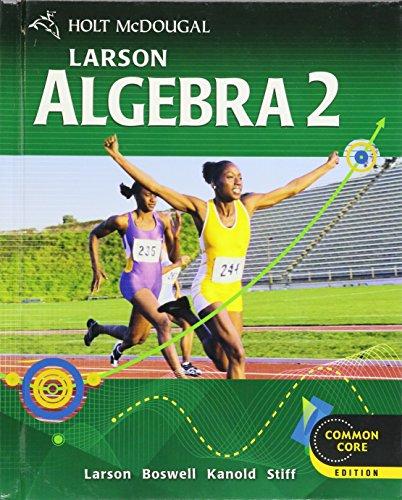Answered step by step
Verified Expert Solution
Question
1 Approved Answer
2. (EOQ Model) (Total: 1.75 points) A manufacturer (Called Manufacturer A) is reviewing its stocking and replenishment policy for a commodity component used for production
2. (EOQ Model) (Total: 1.75 points) A manufacturer (Called \"Manufacturer A\") is reviewing its stocking and replenishment policy for a commodity component used for production of lawn mowers. The annually demand rate of this component is 5000 units per year. Components are shipped to the manufacturer in a truck, and each time an order is placed it costs the manufacturer $500 regardless the size of the order. It costs $50 to hold a unit of component in stock per year. (a) Please calculate the optimal EOQ (Economic Order Quantity) that the manufacturer should use for ordering the components. The optimal EOQ Q*= units. (0.5 points) (Round your answer to the nearest integer.) Please show your analysis below: (b) What is the minimum annual inventory-related cost associated with the optimal EOQ? The optimal annual inventory-related cost C*= . (0.25 points) Please show you analysis below: (c) How often will the manufacturer place an order? The manufacturer needs to place an order every in a year.) (0.25 points) Please show your analysis below: days. (There are 365 days There is another manufacturer (called \"Manufacture B\") located in the same industrial park. Manufacture B also orders the same components from the same supplier with the same annual demand rate 10000 units per year (twice of Manufacture A). Moreover, the holding cost and the fixed ordering cost occurs to Manufacturer B are also the same as Manufacturer A. Manufacturer A and B decide to combine their orders, i.e., they order the components together, in which way the fixed ordering cost only occurs once for both of them. In other words, after Manufacturer A and B combine their orders, the fixed ordering cost and the unit holding cost remain the same, but the demand rate is tripled. (d) Please calculate the optimal EOQ for the combined orders. The optimal EOQ for the combined orders Q*= units. (0.15 points) Please show you analysis below: (e) Please calculate the minimum annual inventory-related cost for the combined orders. The minimum annual inventory-related cost C* = . (0.15 points) Please show you analysis below: (f) The annual cost you calculated in (e) is the total cost paid Manufacturer A and Manufacture B. The two manufactures decide to split the payment of this total inventory cost based on the proportions of their demand sizes. After splitting the inventory cost, how much money does Manufacturer A save from combining his orders with Manufacturer B each year? Manufacture A saves every year from combining his orders with Manufacturer B. (0.2 points) Please show your analysis below: (g) How can you explain the cost saving calculated in (f)? (0.25 points) Problem 3. (Newsvendor Problem) (Total: 1.75 points) Suppose you are a retailer of toys. This year you decide to bring a new toy to the market just in time for Christmas. The supplier of the new toy only allows you to place order once due to its limited capacity. The unit wholesale price of the toy is $12 and the suggested selling price is $36. Any unsold inventory will be sold to a discounter at a salvage value of $6. The demand of the new toy follows a Normal distribution, with mean demand equals to 1,000 units and standard deviation equals to 200 units. (a) The underage cost u = . (0.25 points) Please show you analysis below: (b) The overage cost o = Please show you analysis below: . (0.25 points) (c) Based on your answers in (a) and (b), what fill rate should you target? The target fill rate = That means you would expect . (0.25 points) % of your consumers experiencing lost sales. (0.2 points) Please show you analysis below: (d) How many toys should you order from the supplier? The optimal order quantity Q* = units. (0.5 points) Please show you analysis below: (e) Suppose everything remains the same, except the salvage value of the toy is reduced to $4. How should the optimal order quantity Q* be adjusted? (0.15 points) (circle your answer) A. increase Q* B. decrease Q* C. Q* remain the same Please explain your choice below: (f) Suppose everything remains the same, except the standard deviation of the demand is reduced from 200 to 100. How should the optimal order quantity Q* be adjusted? (0.15 points) (circle your answer) D. increase Q* E. decrease Q* F. Q* remain the same Please explain your choice below
Step by Step Solution
There are 3 Steps involved in it
Step: 1

Get Instant Access to Expert-Tailored Solutions
See step-by-step solutions with expert insights and AI powered tools for academic success
Step: 2

Step: 3

Ace Your Homework with AI
Get the answers you need in no time with our AI-driven, step-by-step assistance
Get Started


